J32 Rhapsody with her family, photo by Jim Maya
Tragically, J32 died at a young age of 18 years when she was at full term with a failed pregnancy. Necropsy findings indicated that she was malnourished and this likely led to the failure of the fetus which in turn led to the infection that killed her.
by Kylie West
The Southern resident killer whales are a population of critically endangered orcas that live along the coast of the Pacific Northwest, primarily British Columbia, Washington, and Oregon. There are three family groups, or pods, of the Southern residents: J, K, and L.
There has been a decline in the Southern resident killer whales in recent years to the extent that the population was listed as endangered in 2005 under the Endangered Species Act and they are considered depleted under the Marine Mammal Protection Act. According to NOAA, scientists estimate that the historical population size in the eastern North Pacific was about 140 individuals. In the 1960s, many were captured for use in marine mammal parks. Only 71 animals remained in 1974. Today, this number is unfortunately close to that: 73 (or 74 including Lolita, the L pod orca living in captivity at the Miami Seaquarium).
In July of 2022, 13 Southern Resident Killer Whales were declared “vulnerable” by the Washington Department of Fish and Wildlife. Three whales were determined to be pregnant while twelve were found to be in poor body condition based on measurements of fat behind the skull.
Example of photographic comparison of Southern resident killer whale J27’s body condition as conducted by SR3 Sealife Response, Rehabilitation, and Research
Recent Encounters
As of the writing of this post, the last time the Center for Whale Research (CWR) encountered the J Pod was November 18, 2022. CWR’s most recent encounter with the K and L pods was along with the J pod at Oak Bay Flats on November 6, 2022.
Recent Births
Female orcas give birth to one calf at a time, every three to ten years, with a 15-18-month gestation period. In February 2022, J59 was born. Another notable J Pod birth in the past couple of years was that of J57, a son of the famous J35 (also known as Tahlequah). Tahlequah lost a previous calf in 2018 and carried the deceased calf around for 17 days before letting go.
The youngest orca in the K pod is K45, the first baby since K44 in 2011. Both have the same mother, K20.
Recent Deaths
From July 1, 2021, to July 1, 2022, the population had three deaths: K21, K44, and L89. All of these orcas have not been seen and have been presumed to have passed.
An easy way to stay up-to-date on orca births and deaths is to check Orca Network’s community demographics page here.
Threats
The Southern resident orcas are classified as endangered for multiple reasons. Threats to these animals include disturbances from boats, pollution, and scarcity of prey due to the decimation of the salmon population related to overfishing and habitat destruction.
In July 2022, the National Oceanic and Atmospheric Administration released a report to recommend the breaching of four dams on the Snake River in Southeastern Washington to rejuvenate salmon populations. Later in the summer, Senator Patty Murray and Governor Jay Inslee also released a report saying that while it’s not feasible for the dams to be removed right now, it’s possible in the future – a small but significant step.
Good Policy News!
• The federal court restored Endangered Species Act Protection this year, meaning restored protections for hundreds of species in the U.S. Read about it here.
• Canada’s Ship Safety Bulletin requirements were updated this year to reduce marine vessel disturbance on the resident orcas. This includes a 400-meter distance restriction, interim sanctuary zones, and seasonal slowdown areas. Read more here at UK P & I.
Ways You Can Help
1) Eat sustainable seafood, supporting businesses that care about wildlife. Look into sustainable restaurants and fish markets. If you’re in the San Francisco Bay Area, check out this page. For Seattle locals, look at this helpful document. You can also use the Monterey Bay Aquarium’s helpful sustainable seafood guide. Wherever you live, make a conscious effort to choose sustainably sourced options if you eat seafood!
2) If you go whale-watching in the Pacific Northwest, make sure you join a responsible group that follows wildlife viewing laws and suggested guidelines. Check out this brochure from Be Whale Wise for more information.
3) Donate and volunteer to support whale conservation organizations working to educate people and protect the Southern resident orcas.
4) Support initiatives for protecting orcas like restoring salmon. You can call and email senators requesting them to take action.
5) Work to reduce pollution however possible. Examples of this might be lowering your plastic consumption when grocery shopping or going to an eco-friendly car wash instead of one that uses polluting chemicals.



